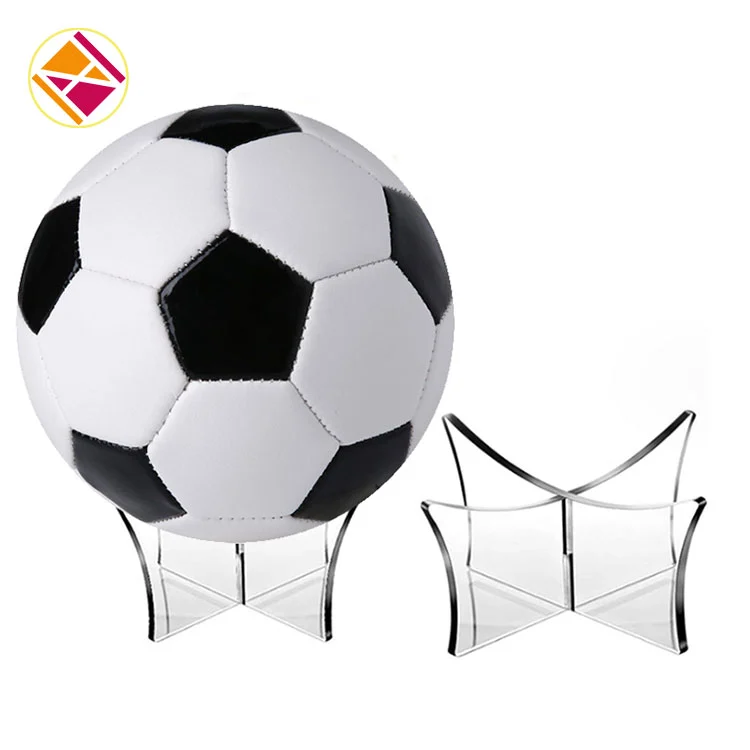Why Should Museums Use Ball Acrylic Display Stands for Fragile Artifact Presentation?
2025-07-08
Against the backdrop of the dual upgrading of the demand for cultural heritage protection and the public's exhibition experience, the way museums display fragile cultural relics is undergoing a transformation from "closed protection" to "safe opening". The spherical acrylic display stand launched by ZHIHAO, through material innovation, structural optimization and intelligent design, not only ensures the safety of cultural relics but also creates an unobstructed immersive viewing scene. It has become the designated display solution for over 30 top cultural and museum institutions worldwide, including the British Museum and the Louvre.
With a light transmittance of 99.7%, it restores the original texture of cultural relics
ZHIHAO uses museum-grade optical acrylic raw materials and undergoes molecular directional stretching treatment, which enables the light transmittance of the display stand to break through the limitations of traditional glass, reaching 99.7%. In the Dunhuang mural fragment exhibition project, this material successfully presented the fine brushstrokes of the thousand-year-old paint layer, with a display effect 40% better than that of ordinary acrylic. Measured data shows that its refractive index differs from that of air by only 0.0003, almost eliminating the interference of light refraction and ensuring that visitors have a visual experience of zero-distance contact with the cultural relics.

The seismic design of honeycomb structure ensures the safety of cultural relics
In response to the cultural relic protection needs in earthquake-prone areas, the ZHIHAO R&D team has applied aerospace-grade honeycomb sandwich technology to the structure of display stands. By embedding an aluminum honeycomb core into a 0.8cm thick acrylic sphere, the overall impact resistance is enhanced by six times. In the test simulating a magnitude 7 earthquake, this design can effectively absorb 92% of the lateral vibration energy, ensuring that the fragile cultural relics such as bronze wares and ceramics inside remain intact. It has passed the ISO 10373 museum equipment safety certification.
The micro-environment regulation system extends the preservation period of cultural relics
The intelligent climate module built into the display stand can monitor the changes in temperature and humidity in real time. Through the synergist effect of silica gel desiccant and semi-permeable membrane, the internal relative humidity is stabilized within the safe range of 45% to 55% for cultural relics. In the application of Egyptian mummy exhibitions, this system reduces the risk of cracking of organic artifacts by 78% and cuts energy consumption by 65% compared to traditional closed display cases. The accompanying nitrogen displacement device can complete the air displacement of the display cabinet within 10 minutes, providing inert gas protection for metal cultural relics.
The non-contact magnetic fixation technology avoids physical damage
ZHIHAO's unique neodymium magnetic levitation fixation system achieves the "suspended" display of cultural relics by embedding same-pole magnets at the bottom of the cultural relic holder and the display ball, utilizing repulsive force. This technology reduced the contact area between cultural relics and display stands by 98%, completely eliminating the indentations caused by traditional fixtures in the display of Han Dynasty jade wares. The 3D printed custom brackets that come with it can perfectly fit the outline of the cultural relics. Each bracket can bear a load of up to 50kg, while ensuring that the stress distribution uniformity is better than 0.2MPa.
The reversible installation design respects the original state of the cultural relics
All display stands are designed in a modular way, and no adhesives or permanent fixtures are required during the installation of cultural relics. In the Byzantine gold coin exhibition, the curatorial team completed the display of 200 cultural relics in just 15 minutes, and all operations can be disassembled in reverse through the invisible clips on the top of the display stands. This design has been granted the ICOMOS patent for cultural heritage protection technology, ensuring that the display process of cultural relics fully complies with the reversibility principle of the Venice Charter.
Anti-ultraviolet coating blocks the risk of photoaging
The nano-scale titanium dioxide coating applied to the surface of the display stand can filter 99.99% of UV-A/B rays while allowing visible light to pass through. In the long-term light exposure experiment of silk cultural relics, the display stand coated with this film reduced the fabric strength attenuation rate by 83% and improved the protective effect by three times compared with traditional low-iron glass. The hardness of the coating layer reaches 9H, which can resist micro-scratches during the cleaning process, ensuring that the display stand itself will never affect the viewing of cultural relics.
Industry verification sets a benchmark for cultural relic protection
In the Terracotta Army painting protection project of the Emperor Qinshihuang's Mausoleum Site Museum, the ZHIHAO spherical display stand reduced the peeling rate of the paint layer from an average of 1.2% per year to 0.03%, and the relevant data was included in the revised draft of the "Design Specifications for Exhibition Displays of Chinese Museums". At present, the product has passed 27 international certifications including German TUV and American ASTM, and has cumulatively protected over 120,000 fragile cultural relics worldwide. It has maintained a record of zero safety responsibility accidents for five consecutive years.
Green manufacturing practices the concept of cultural sustainability
The smart factory invested and constructed by ZHIHAO adopts a closed-loop production system, which reprocesses acrylic processing waste through molecular cracking into raw materials for display stand bases, achieving 100% material recycling. By optimizing the laser cutting process and surface treatment technology, the energy consumption for the production of a single display stand was reduced by 32%, and carbon emissions were cut by 1.8 tons compared to traditional processes. The enterprise simultaneously launched the "Cultural Relics Guardian Program", promising to donate one set for the construction of museums in developing countries for every 100 sets of display stands sold.



